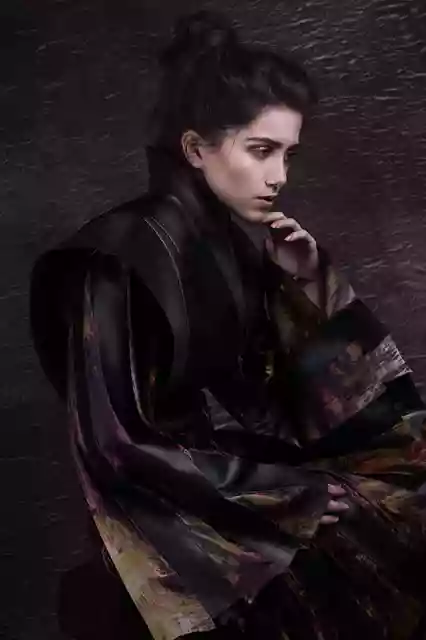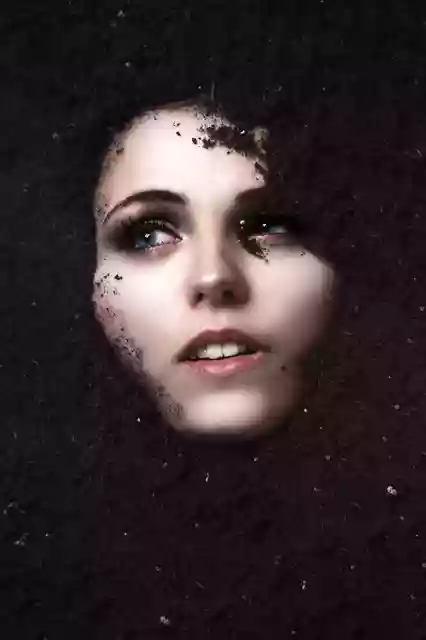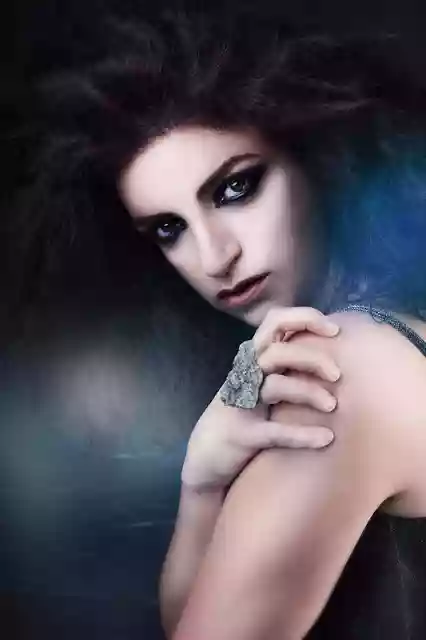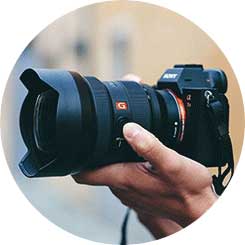- Call us: 01444 237070
- Contact Us
- Stores
- Sign In / Register
-
- Back
- Used Cameras
- Used Accessories
- Used Lenses
- Used Video
- Used Film Equipment
- Used Stock Alert
- Used Blank Test
- Sell or Part Exchange
- Used Clearance
- Recently Added Used Equipment
- Park Picks
- All Used Black Friday Deals
- Faulty
- Trade-In
- Blog
- New in
- Call us
- Contact us
- Stores
- Sign in
- Categories
- Tips & Inspiration
- Reviews
- News
- Events
- Features
- Buying Guides
- Competitions
Top 5 Dos and Donts of Photoshop part 2
Here at Park camera s we run a variety of inspiring and academic courses as part of our School of Photography. This week we got the chance to speak to one of our Tutors Ola Teper; who runs a Beginners Guide to Photoshop course.

We asked Ola for her Top 5 Do’s and Don’ts of Photoshop (Part 2)
Ola works as a freelance fashion and commercial photographer, whose work has been seen in numerous exhibitions across the country. Ola is soon to be taking part in a project organised by students from the University of Brighton in partnership with local charities, which carry out art workshops for people who experience homelessness, which will be exhibited this autumn.
You can see more of Ola’s work on her website
Ola’s Top 5 don’ts:
1.Substitute it for Adobe Lightroom
Many people limit their preference to either Lightroom or Photoshop. It’s important to know that both programmes are designed for different purposes and can work together. Lightroom is brilliant for batch editing of images that require only a minimal re-touch.
It can also catalogue and organise your images for you. Once they’re organised, you can open images that need more detailed editing, using Photoshop directly from Lightroom without having to export them first. This is a real time saver!

2.Making permanent adjustments
The main advantage of Photoshop is that it allows you to work on layers. Working directly on the image (background layer) will cause irreversible changes. Switch to doing all adjustments on separate layers and learn how to use layer masking. When you wish to apply changes that require pixels, such as sharpening or blurring, duplicate that layer so you can always go back or soften the effects.
3.Over-editing photos
Take breaks! When editing an image for hours, it can be easy to get used to an image and you may not notice that changes need to be applied to your image. Pushing the bars a bit further might be tempting, but might also result in your image being over cooked. Take regular breaks and make sure adjustments you’re applying are not creating other issues.

4.Using Desaturate to convert to black and white
Although using “Desaturate” might seem as an intuitive if you want to remove colour from your image, Photoshop has wonderful tools which can give you much more control over how your image appears when you convert it to black and white. You can convert to BW using Black and White, Channel Mixer, or Black and White adjustment layer. They will let you control how different colours appear as BW.
5.Working in low resolution
Photoshop lets you work and save your work in different resolution – ppi (pixels per inch). It is best to work with highest resolution possible. However, keep in mind that for different purposes you will need different ppi as it determines the quality of your image and the size on your disk.
If you publish your images both online and in print you might have to save multiple copies of your image in 72ppi for web, so the images load up faster on the website and minimum 300 ppi for printers for maximum quality.
View our School of Photography Courses and In-Store Events to see what's coming up!
See Part 1 - The top 5 'Do's' when using Adobe Photoshop
Share this post:
By Park Cameras on 03/09/2018

Trade in your old equipment
Fast and easy trade in service ensures your old gear is collected efficiently and you are paid quickly! It's very simple to trade in your unwanted photography gear. Just head over to our dedicated Sell or Part Exchange page, fill out the details, and we'll get back to you with an offer for your old gear. Take the cash, or put it towards the cost of your new gear. It's up to you! Find out more
sign up to the newsletter
Keep up to date on the latest photography news, events and offers. Sign up now
